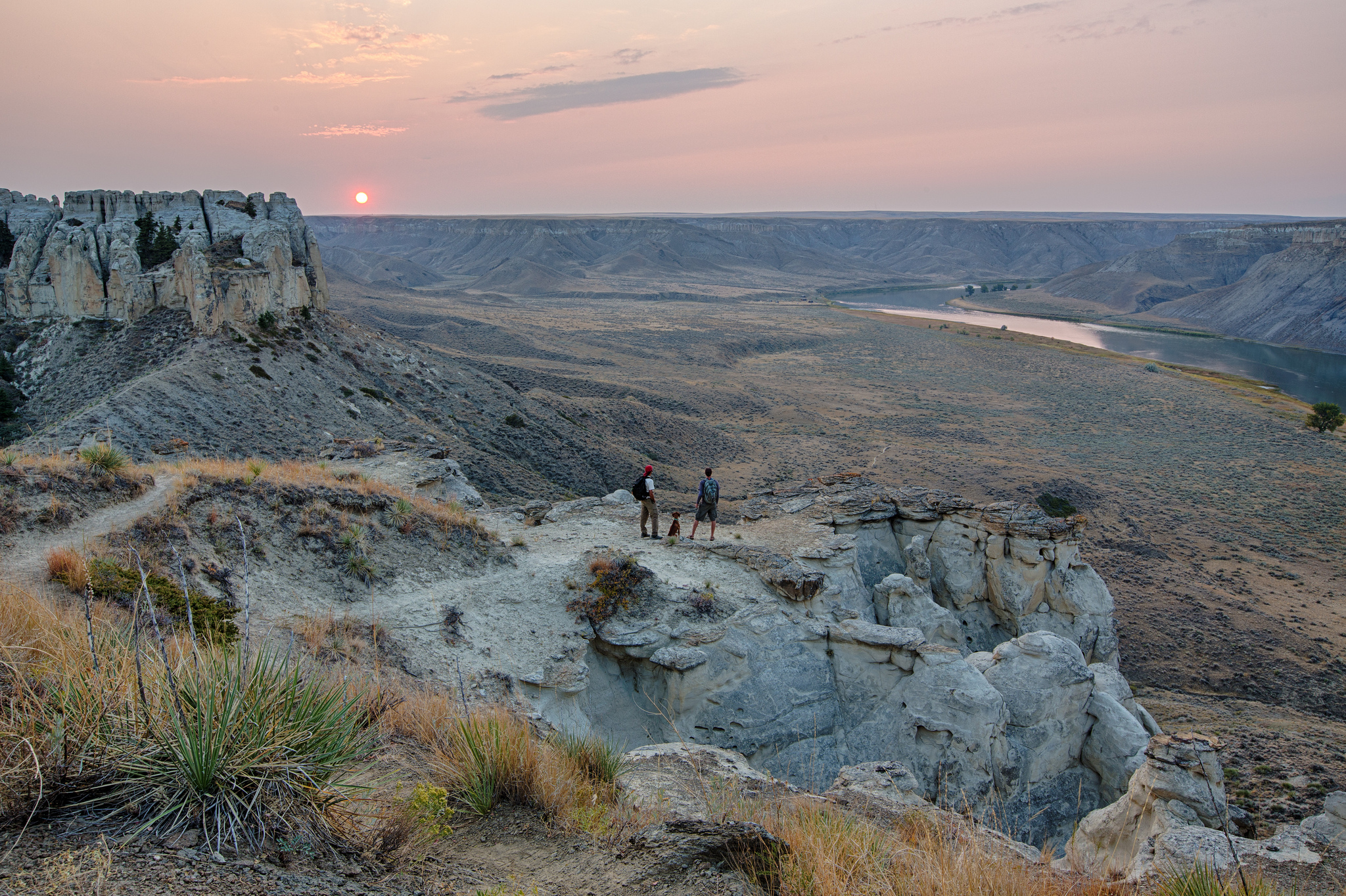When President Trump ordered the review of 27 national monuments in April, many environmentalists took it as an act of war on public lands. Secretary of the Interior Ryan Zinke was tasked with leading the charge, including the Upper Missouri River Breaks National Monument, in his home state of Montana.
But this week, Zinke announced that he’ll likely recommend the Breaks National Monument retain its current status. “I think it’s settled to a degree that I would rather not open up a wound that has been healed,” he explained.
Yet the issue of grazing on the Breaks remains unsettled. Area ranchers still run about 10,000 cattle on the monument, inflaming environmental groups who contend that livestock are destroying cottonwood ecosystems along the river. These groups have looked to the courts to remove cattle from the land, and the legal battles that have dragged on for years only stoke the acrimony between environmentalists and ranchers.
When President Clinton designated the multiple-use Bureau of Land Management lands as the Upper Missouri River Breaks National Monument in 2001, existing grazing permits were grandfathered into the management plan, much to the dismay of some environmentalists. Lawsuits were quickly filed. In 2013, a U.S. Court of Appeals ruled that the BLM “violated the National Environmental Policy Act by not considering a reasonable range of alternatives that included a no- or reduced-grazing option.” As of 2016, however, the permitted amount of grazing on the Breaks monument had remained almost unchanged for 20 years. Zinke’s decision to maintain monument status does nothing to resolve these grazing-versus-conservation disputes.
Under current grazing policy, environmental groups have to jump through legal hoops and fight through tangled bureaucracy to have any hope of acquiring grazing permits. To acquire a permit, a rancher must first own a so-called “base property,” usually a nearby ranch with an active livestock operation. Because the permits are attached to base properties, the only straightforward way for holders to transfer their permits is to sell the base property as well. Conservation groups that wanted grazing permits, therefore, can’t simply pay ranchers for them; they would also have to purchase or already own qualifying base properties.
The rules governing federal rangeland management should be changed so that groups who want to pursue environmental goals can acquire resource-use leases, and then use them how they please. If implemented on a widespread scale, conservation leasing could provide an alternative way to protect lands while compensating current leaseholders and facilitating cooperation.
Allowing non-ranching groups to hold grazing permits is a flexible alternative that could give a fair shake to ranchers, recreationists and conservationists alike when it comes to our public lands.
This article originally appeared in the Billings Gazette on July 3, 2017.





